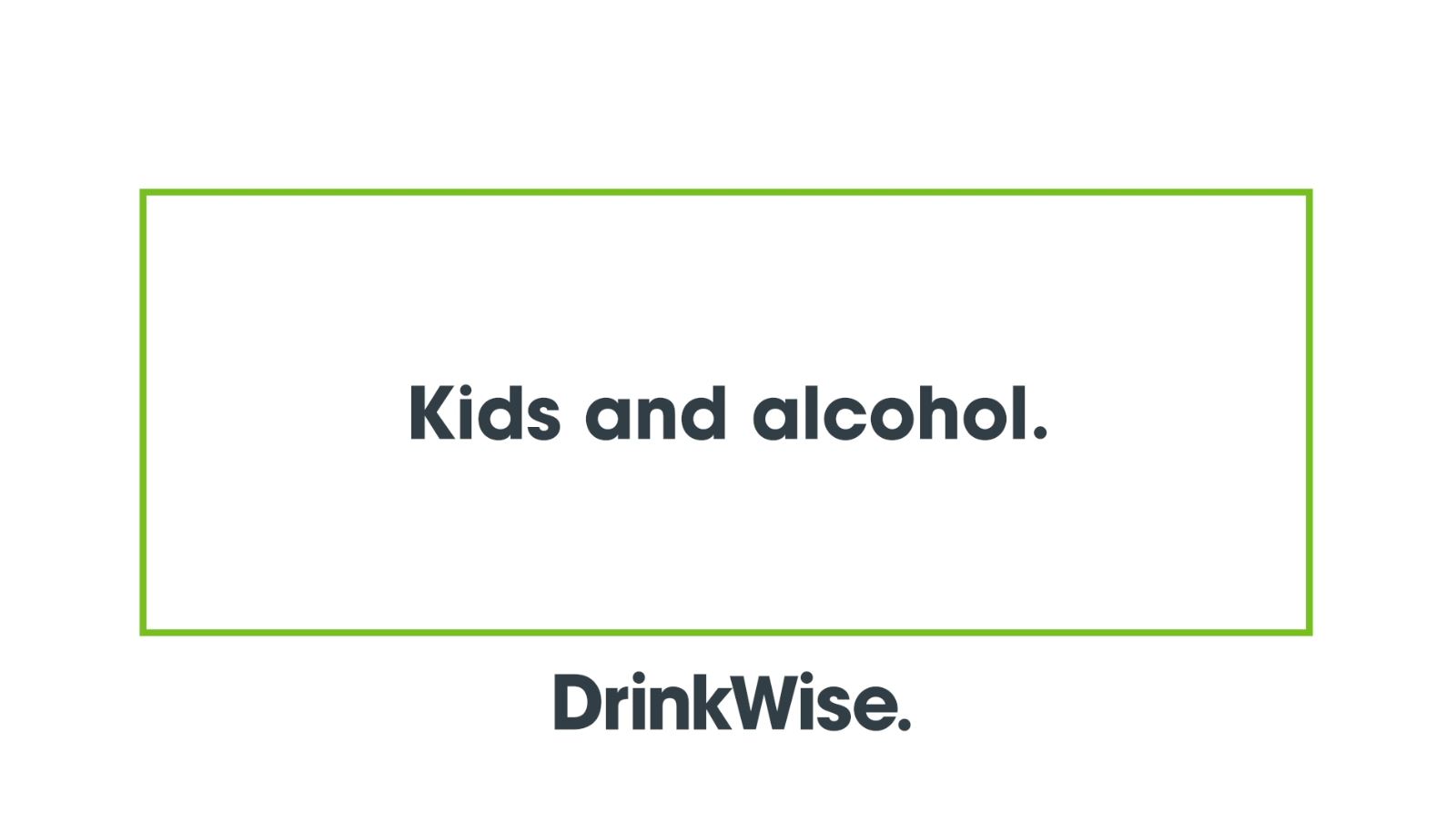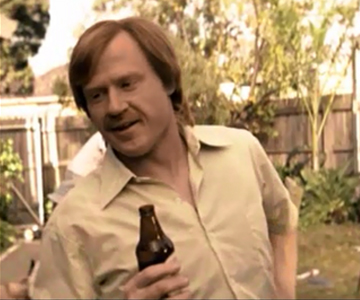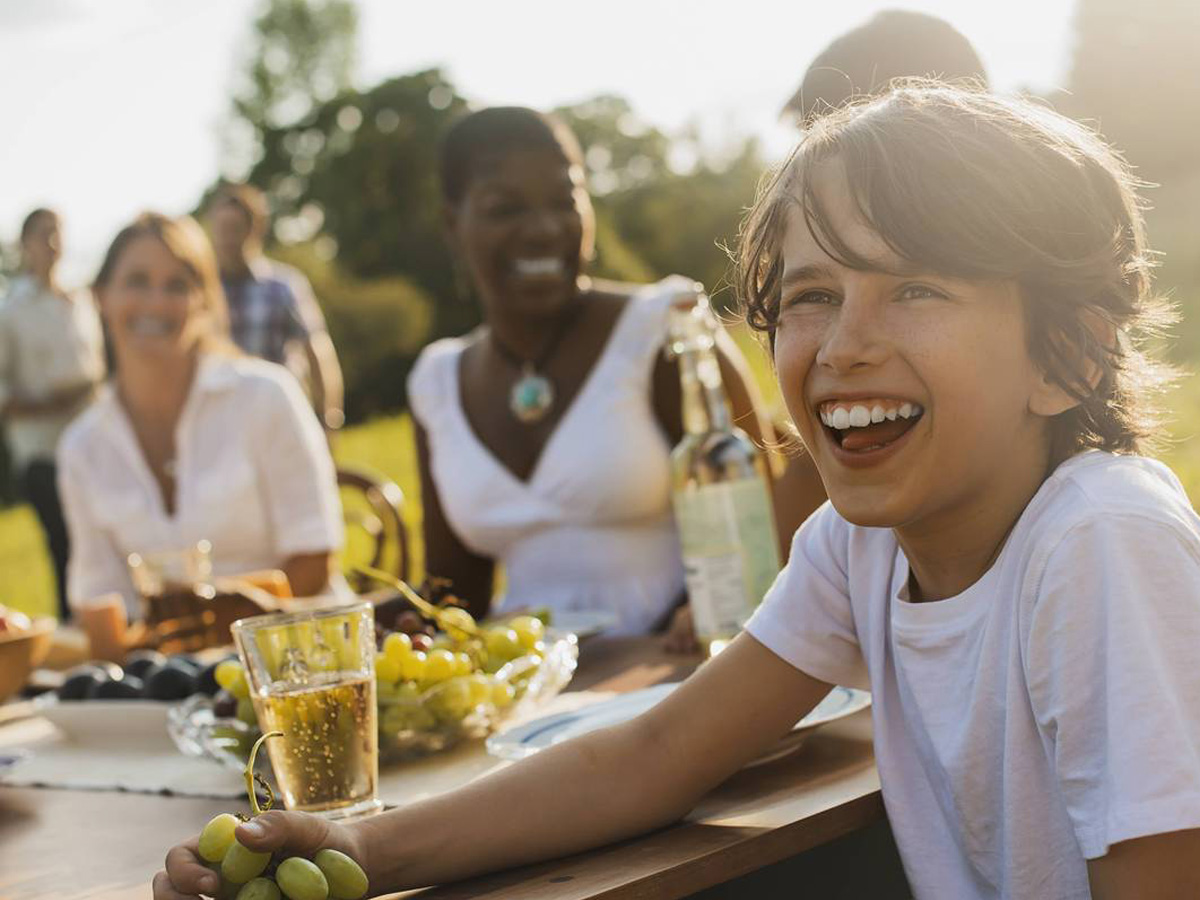It’s my party – why can’t I drink if I want to?

Although most underage teens (69%)1 don’t drink alcohol, some may feel pressure from their peers to experiment at parties – parents may feel the pressure too.
Some teenagers think that an alcohol-free party will be boring. This can place a lot of pressure on parents to supply drinks – but this is risky and dangerous.
It’s important to consider the dangers of alcohol on your teen’s developing body and brain.
Remember, most Australian parents aren’t supplying their underage teenagers with alcohol (89%)2 and most underage teenagers in Australia are choosing not to drink alcohol (69%)1.

You should also be aware of the legalities of supplying alcohol to underage teenagers. Laws surrounding underage drinking are getting tougher, so it’s important you are aware of your legal obligations. Most states and territories now have secondary supply laws. This means that it’s illegal for an adult to provide alcohol to someone under the age of 18 years without consent of their parent.
Some parents may believe that allowing their kids to drink at home will make their teen ‘safer’, less curious about alcohol and therefore reduce their risks. However, allowing a drink at home can be seen as approval of alcohol, making teens more comfortable and likely to drink in other settings.
Research also shows that after drinking alcohol, teenagers are more likely to binge drink and experience alcohol-related harm such as accidents, blackouts or be involved in fights. They may also experience drinking problems in their future adolescent years.3,4
We know that abstaining from alcohol when underage helps protect teenagers. So, setting rules and boundaries, as well as setting consequences if these are broken, is the right thing to do.
Most Australian parents don’t supply their kids with alcohol. So, parents, be confident that you are helping your kids make the smart choice by saying no if asked.
Tips to manage your teen’s objections to an alcohol-free party:
Explain yourself. First, ensure they understand your legal obligations, the risks involved with alcohol and your concerns about their physical health, psychological health and social health.
They may not agree, but they must understand why you created the rules that exist in your home. Remind them that it’s normal and okay to disagree about things at times.
Challenge unfounded statements. For example, your teen may tell you that you are the ‘only parent who won’t let us drink at a party’ – you can tell your child that is not true. Remember, most Australian parents aren’t supplying alcohol for their underage teenagers (89%)2.
If your teenager insists it’s the truth, ask them for the names and numbers of five parents who provide alcohol. This way, you can talk to those parents and communicate your views. Even if it is true that your teens friends can drink at home, you can have different rules.
Develop a ‘risk assessment’ plan with your teen. It’s important that they understand the responsibility you’re undertaking by holding a teenage party. Clearly outline all the things that could go wrong throughout the night. For every risk that’s identified, have your teenager develop an appropriate response. Hopefully it’ll become clear that even an alcohol-free party can be risky, so adding alcohol could be trouble.
In the end, remember:
- Don’t be afraid to say ‘no’ if they ask you for alcohol at their party.
- Be aware of your legal obligations.
- Think of the risks and choose to be responsible – even if it makes you unpopular.
For additional tips on having a conversation with your teenager, check out the DrinkWise tips for talking to your teen about alcohol.
- In 2022-23, 69% of underage teenagers (14-17 years) abstained from drinking alcohol in the previous 12 months (National Drug Strategy Household Survey 2022-23). (NB: this statistic is an updated calculation of underage abstinence and consumption rates as recommended by AIHW and in line with the 2020 Australian Alcohol Guidelines.)
- In consultation with AIHW, “89% of parents don’t supply their underage teenagers alcohol” was calculated based on the National Drug Strategy Household Survey 2022-23 dataset, similar to Chan et. al.’s (2017) paper, the statistic reflects norms around parental supply of alcohol to minors and was calculated using a) the percentage of 14-17 year olds who drank alcohol in the past 12 months (see Table 4.6) and b) of those 14-17 year olds who drank alcohol in the past 12 months, the percentage who reported their usual supply of alcohol were from parents (see Table 4.10).
- Chan, Leung, Connor, Hall, Kelly (2017). Parental supply of alcohol and adolescent drinking: a multilevel analysis of nationally representative data. 17:560
- Aiken, A., Chan, G., Yuen, W. et al. (2022). Trajectories of parental and peer supply of alcohol in adolescence and associations with later alcohol consumption and harms: A prospective cohort study. Drug and Alcohol Dependence, 237, 109533.



 Audio
Audio Video
Video



